Factor II & Factor V Leiden duplex
The LAMP Human FII&FVL duplex KIT is an in vitro diagnostic test intended for the qualitative detection of the Factor II G20210A and the Factor V Leiden G1691A polymorphisms by Loop-mediated isothermal amplification (LAMP) on EDTA whole blood and extracted DNA. This assay is dedicated to professional use in diagnostic laboratories. The device is not for self-testing.
The primary genetic causes for inherited thrombophilia are mutations in the genes for Factor II (prothrombin) and Factor V Leiden.
Factor II mutation c.*97G>A (G20210A or 20210G>A) is located in the gene promotor region and is associated with elevated plasma levels of prothrombin, resulting in an increased risk of blood clot formation. The Allele Frequency of the mutated allele is around 2% in the Caucasian population.
Factor V Leiden thrombophilia is characterized by a poor anticoagulant response to activated protein C (APC) and an increased risk for venous thromboembolism (VTE). The allele frequency of Factor V Leiden polymorphism is 3-8% in the Caucasian population.
Format: 24 or 96 determinations
Storage: At -20°C. 8 freeze and thaw max.
Possible automation: Yes
Analysis software : Yes
Turn around time: Around 1 hour
Disease Information
Advantages
Linked products


You have a question regarding our products ? You want to know more about our method ?
Find out about our other expertises

